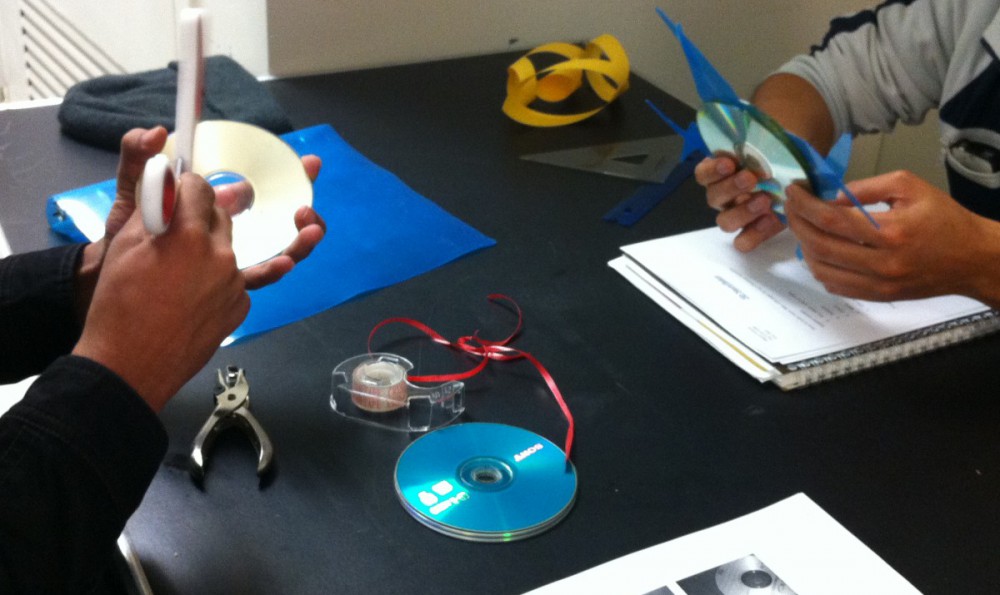The Flight from Conversation written by Sherry Turkle is an article that raises awareness and gives us insight about how our method of communication is gradually changing from face to face conversations to messaging and social media. Additionally, it informs us about how this shift is affecting human relationship as a whole.
In the first section of the article, the author tells us about her personal anecdotes about people she spoke to of all ages. She shares her experiences about how technology has changed what people do and how it affects who they are. As people are becoming more technology-enabled, people are becoming more loyal to themselves and becoming more confined within their own bubble. One example that the author discusses this, is in paragraph 8 where she talks about a senior partner at a Boston law firm. The partner talks about how young associates lay out their suite of technologies, put their earphones on and mind their own business. The atmosphere is turned into an environment where everyone is quiet and loses it’s sense for interaction.
In the mid-section of the article, the author gives us examples on how technology affects human relationships and feelings. The author describes how human relationships are rich and complex, and because of technology, we are able to simplify it at the cost of understanding and knowing one another. The author goes deeper into saying how if we continually shortchange ourselves, we learn unfavorable habits such as asking simpler questions, diminish our ability to learn skills such as self-reflection and eventually dispense with people altogether. The author gives an example in paragraph 16 where she explains how high school sophomores would prefer to talk with an artificial intelligence program about dating instead of their parents. The sophomores argue that the artificial intelligence program would provide much more relevant information within their database than what their parents could offer.
The author brings in another example to further support how humans rely more on technology and less from one another. In paragraph 17, the author talks about her experience of how she brought a robot in the shape of a baby seal to an elder-care facility to comfort elderly people. The robot would act as a substitute for a person to listen and follow the conversation of elderly people. Following up on the author’s two examples, the author shows concern about how we have adopted the delusion of accepting simulations of compassion instead of authentic compassion that we would obtain from one another and questions whether we have lost trust in human relationships.
In the last section of the article, the author suggests a few methods on how we can break away from being constantly connected. In paragraph 25, she introduces the idea of creating spaces at home such as the kitchen where it will be device-free. The objective of this is to teach the value of conversation to our children. In the same paragraph, the author also suggests managers at workplaces to introduce a day where employees have conversations with one another listening to one another and revealing ourselves to one another.



